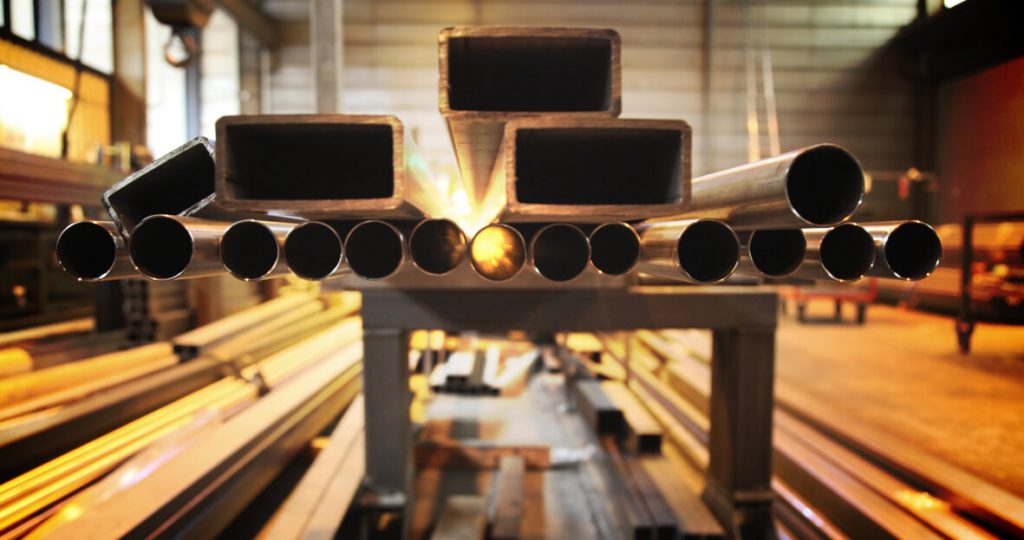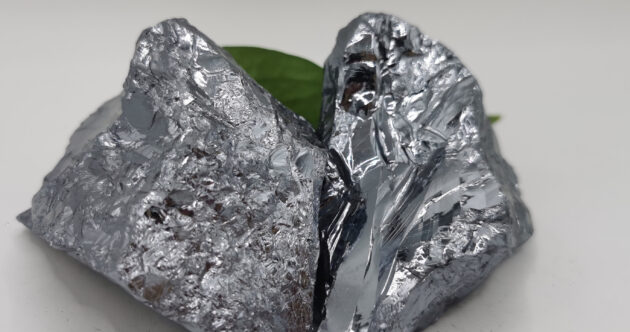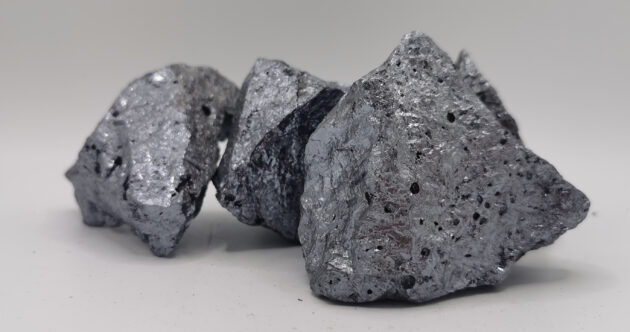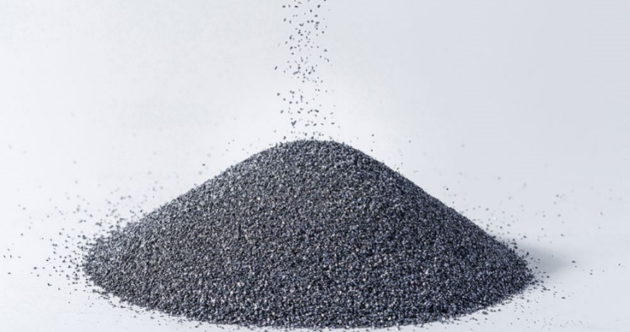TEl: 86-16719318588
EMAIL: [email protected]
TEl: 86-16719318588
EMAIL: [email protected]

According to the statement of the Japanese Ministry of Environment and Trade, the goal is to have 108GW of solar power generation capacity by 2030, which is about 1.7 times Japan's previous target and 20GW faster than the current installation speed. Earlier this year, Japan stated that it would reduce greenhouse gas emissions by 46% by 2030 compared to 2013, and the new target reinforces previous commitments under the Paris Agreement. Japan's solar installed capacity per square kilometer is already the world's leader, and the land for adding large-scale projects is limited. This necessitates the addition of so-called distributed solar power generation, which is small panels placed on top of buildings or farms.
Our related news

Silicon Metal, also known as industrial silicon, is a product smelted from quartz and coke in an electric furnace. The main component is silicon element, with a content of about 98%.The other impurities are mainly iron, aluminum, calcium and so on. The classification of metallic silicon is according to the content of iron, aluminum and…

Silicon Metal, also known as crystalline silicon or industrial silicon, is an important material that plays a key role in modern industry. It is produced by reducing quartz sand and carbon in a high-temperature electric furnace. It usually appears as a dark gray or black solid with a metallic luster. Silicon Metal has a series…

First of all, silicon metal powder and silicon powder are not the same product, there are essential differences. Silicon metal powder: It is powdered silicon powder made from grinding silicon . Silica powder, also known as silica fume, is dust recovered from the production of metallic silicon or iron alloys. Because the silica content in…